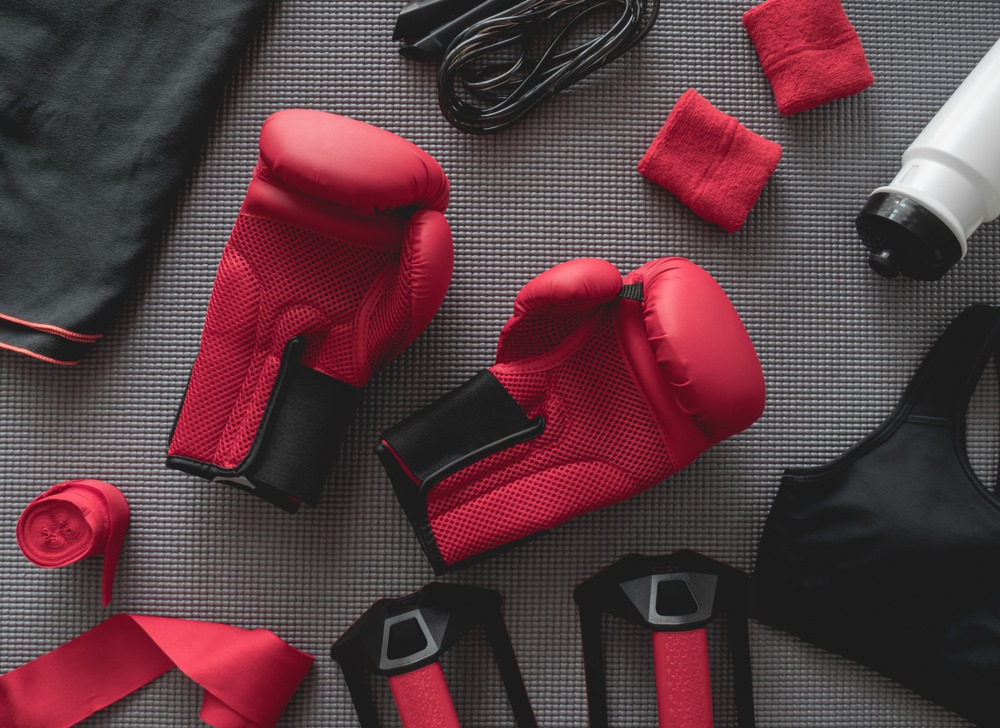How to Wrap Your Hands for Boxing: A Step-by-Step Guide

Boxing is a demanding sport that requires not only strength and endurance but also proper technique and protection. One of the most crucial aspects of boxing safety is hand wrapping. Knowing how to wrap your hands for boxing is essential to prevent injuries and ensure you can train and compete effectively. This comprehensive guide will walk you through the process, ensuring you can wrap your hands like a pro.
Why Wrapping Your Hands is Important
Before diving into the steps of how to wrap your hands for boxing, it’s essential to understand why this practice is so crucial. Hand wraps serve several critical functions:
- Protection: Hand wraps cushion the impact on your knuckles and wrists, reducing the risk of fractures and sprains.
- Stability: Properly wrapped hands provide additional support to the wrist and thumb, preventing excessive movement that could lead to injuries.
- Longevity: By reducing the stress on your hands and wrists, hand wraps help ensure you can train and compete over a longer period without succumbing to repetitive strain injuries.
What You Need
To wrap your hands for boxing, you’ll need the following materials:
- A pair of hand wraps (180 inches is standard for adults)
- Scissors (optional, for cutting tape if using)
Step-by-Step Guide to Wrapping Your Hands for Boxing
Step 1: Prepare Your Hand Wraps
Unroll your hand wraps and ensure they are free from tangles. Some wraps come with a thumb loop at one end, which is helpful for securing the wrap at the beginning.
Step 2: Secure the Thumb Loop
Place the thumb loop over your thumb. Make sure the wrap lies flat and snug against your skin, with no twists or folds. This ensures an even distribution of pressure and protection.
Step 3: Wrap Around the Wrist
Start wrapping around your wrist. Make three to four passes around the wrist to create a solid base of support. Ensure the wrap is snug but not too tight, as you still need to maintain circulation.
Step 4: Wrap the Palm
After securing the wrist, move the wrap diagonally across the back of your hand and wrap around your palm, just below your knuckles. Make two to three passes around the palm, ensuring the wrap is evenly distributed.
Step 5: Wrap the Thumb
To protect your thumb, bring the wrap diagonally across the back of your hand and loop it around your thumb. Make sure the wrap is snug but not too tight. After looping around the thumb, bring the wrap back across the back of your hand to secure it.
Step 6: Wrap Between the Fingers
Now, it’s time to wrap between your fingers. This step provides additional stability and prevents the hand wrap from slipping during training or a match. Start by bringing the wrap from the back of your hand and passing it between your pinky and ring finger. Wrap around the palm and repeat the process between each finger.
Step 7: Wrap the Knuckles
Once you’ve wrapped between all your fingers, it’s time to focus on the knuckles. Bring the wrap over the back of your hand and make several passes around your knuckles. Typically, three to four passes are sufficient to provide adequate padding and protection.
Step 8: Secure the Wrap
After covering the knuckles, bring the wrap back down to the wrist. Make a few more passes around the wrist to secure the wrap. If your wrap has Velcro, fasten it securely. If you’re using a traditional wrap, use athletic tape to secure the end.
Tips for Effective Hand Wrapping
- Consistency is Key: Ensure each layer of the wrap is consistent in tension. Too tight, and you’ll restrict blood flow; too loose, and you won’t get the necessary support.
- Practice Makes Perfect: The more you practice wrapping your hands, the quicker and more efficient you’ll become. Take your time initially to get it right.
- Check for Comfort: After wrapping, make a fist to ensure the wrap is comfortable and not too tight. You should be able to move your fingers and wrist freely without feeling restricted.
- Inspect Regularly: Before every training session, inspect your hand wraps for wear and tear. Replace them if they show signs of damage to maintain effective protection.
Common Mistakes to Avoid
- Skipping the Thumb: Failing to wrap the thumb properly can lead to injuries. Ensure you provide adequate support to this area.
- Inconsistent Tension: Avoid wrapping too tightly in some areas and too loosely in others. This inconsistency can lead to discomfort and ineffective protection.
- Ignoring the Fingers: Wrapping between the fingers is crucial for stability. Skipping this step can cause the wrap to shift during training.
Conclusion
Knowing how to wrap your hands for boxing is a fundamental skill that every boxer should master. Proper hand wrapping provides essential protection, stability, and longevity, allowing you to train and compete with confidence. Follow this step-by-step guide, practice regularly, and soon wrapping your hands will become second nature. With well-wrapped hands, you can focus on honing your skills and achieving your boxing goals, knowing that you’re protected from the rigors of the sport.




